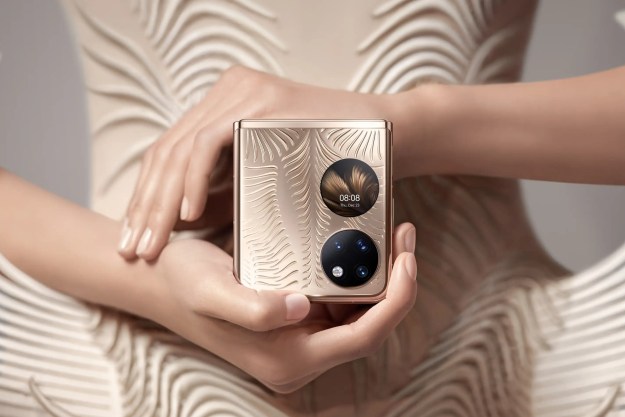Chinese technology company Xiaomi, best known for its smartphones, is confident it can launch new devices in the U.S. in 2019, despite other Chinese brands meeting considerable resistance recently when trying to do the same thing. Xiaomi senior vice president Wang Xiang told Reuters that he “hopes to do something” in the U.S next year, and stated the company is in talks with carriers.
Xiaomi wants to achieve what rival Huawei has struggled with over the past months — get its phones on sale in the U.S., potentially with carrier deals in place. Huawei was set to make exactly this type of announcement during CES 2018, but last-minute alterations saw the deal fall through. Since then, political machinations have forced it to alter focus, instead concentrating on the European and international markets.
What does Wang believe will make the difference for Xiaomi? “We don’t see any reason for us to get into that political situation,” he claims, and mentions Xiaomi is purely focused on making devices for consumers, unlike ZTE and Huawei, which also produces hardware for network infrastructure. A strong relationship with Qualcomm (Wang is a former Qualcomm China executive) and with Google is also mentioned.
Huawei also has a good relationship with Google, although CEO Sundar Pichai was put under pressure by the government for its work with Huawei recently, in retaliation for Google ending its involvement in an artificial intelligence-related military project. Huawei cannot claim a strong relationship with Qualcomm, as its own Kirin processors are used inside Huawei devices, rather than a Snapdragon chip.
Despite the positive words, things may not be quite as easy as Wang is making out, because the 2019 U.S. launch date is considerably less precise than Xiaomi CEO Lei Jun gave just a few months ago. He stated the intention was to enter the U.S. by the end of 2018, or in early 2019. Negotiations and dealmaking may be taking longer than hoped.
Outside of China, Xiaomi has made significant progress in Europe, after launching in Spain at the end of 2017, and then in France and Italy in May 2018. Deals have also been signed to help Xiaomi sell smartphones in the United Kingdom and other European countries in the near future.
Xiaomi’s talks with carriers in the U.S. have not resulted in any finalized agreements at the time of writing.
Editors' Recommendations
- Xiaomi’s newest smartwatch has a super-unusual feature
- Xiaomi’s new phone has a 200MP camera — and its photos are stunning
- How Huawei and Leica made me fall in love with mobile photography
- Xiaomi steals Leica from Huawei for its next flagship phone
- Making sense of Xiaomi’s confusing new Redmi Note 11 range




